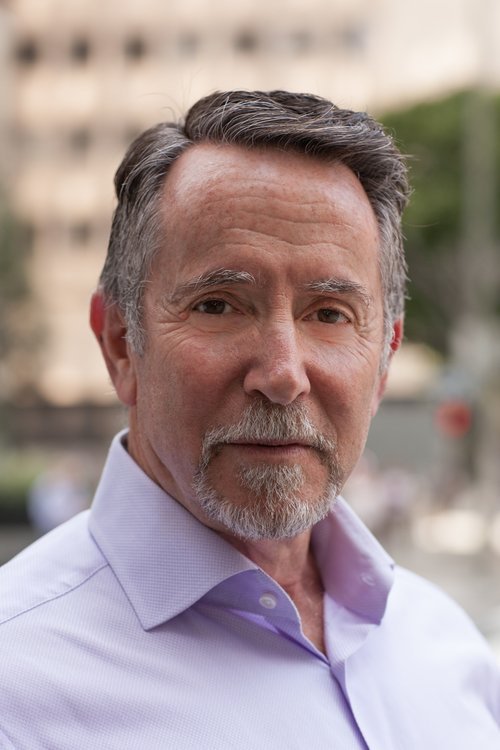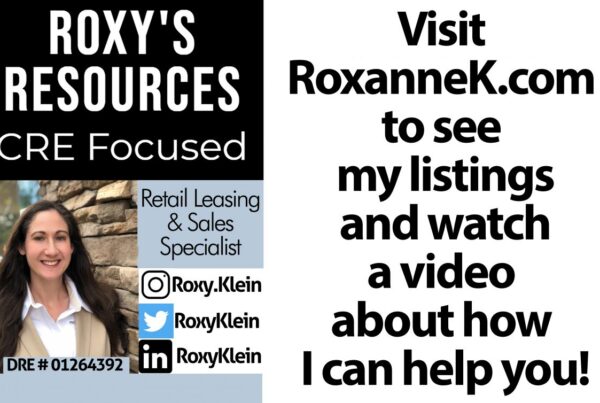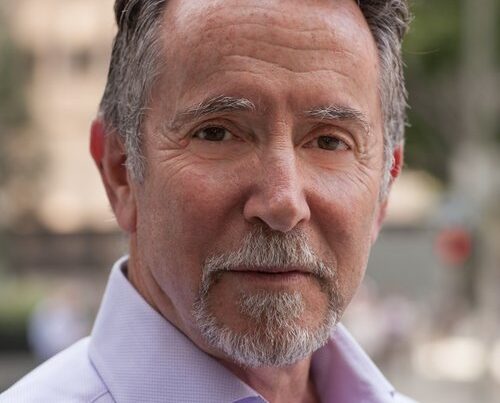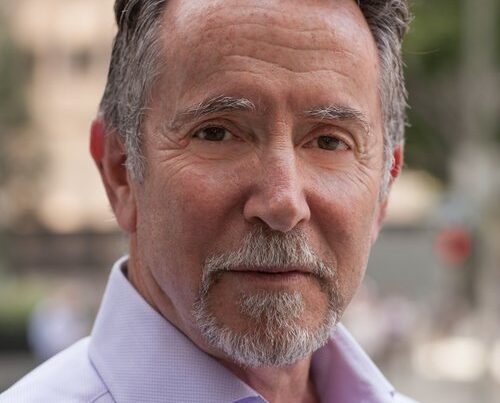Author: Aaron Weiner This post originally appeared on Insights and is republished with permission. Find out how to blog with us on theBrokerList.
Lease Intelligence
WHow The Stanford Design School Is Exploring New Workplace Strategy
This is an excerpt from a recent Globe Street article that is very salient in today’s changing work environment. Check it out…
As the pandemic begins to subside—although there is still a long road ahead to recovery—experts are starting to envision how the events of the last 12 months will impact workplace strategy and office usage.
There are a wide range of predictions, from the workplace returning to normal to hybrid work structures that include both remote and in-office work to a hub-and-spoke, decentralized office structure. As companies figure out the best path forward, The Stanford Design School is stepping up to help. The school has a process called “I like, I wish, I wonder” that helps unearth issues in office
strategy and target areas that need improvement.
“The Stanford Design School’s process called ‘I like, I wish, I wonder’ is a non-committal process, because people aren’t having to say it out loud,” Mark Coxon, technology sales director at Tangram, tells GlobeSt.com. “People start writing post-it notes, and they all go up on the board. It’s all meant to generate positive suggestions on improvement. Then, at the end, you let people go around
with stickers and rate them on potential impact. Then group them.”
The process begins with the “I like” segment, which outlines what an employee enjoys about the current office space, outlining the areas that are working. “You start at the first seven minutes with “I like.” What do you like about working here? What do you like about your job? What do you like about our team? What do you like about the product we deliver,” explains
Coxon.
Next, the “I wish” segment begins to uncover the issues in the current workplace and how employees would be happier under certain changes. Coxon says that this segment includes questions like, “What do you wish we had that we don’t? What are we missing?,” and comments like, “I wish we had another crew. I wish we had another program. I wish people would show up to kickoff meetings on
time.”
Finally, I wonder allows employees to imagine limitless possibilities for improvement. Some might be out of reach, but others might be realistic solutions to workplace problems. Coxon says that this could include things like opening a regional office or changing operations. He says comments have included, “I wonder if we had just a service team doing calls or what would that do to our revenue
stream?
Responses are grouped together to reveal patterns in each group and potential solutions that company leadership can leverage.
Start having a similar conversation with your own staff about your workplace of the future. And have an informed tenant representation broker moderate the meeting!
Do you have your own lease challenges that you would like to discuss? Feel free to call me directly or send me an email.
Aaron Weiner, CCIM, CPM, LEED AP
[email protected]
(213) 258-6921



